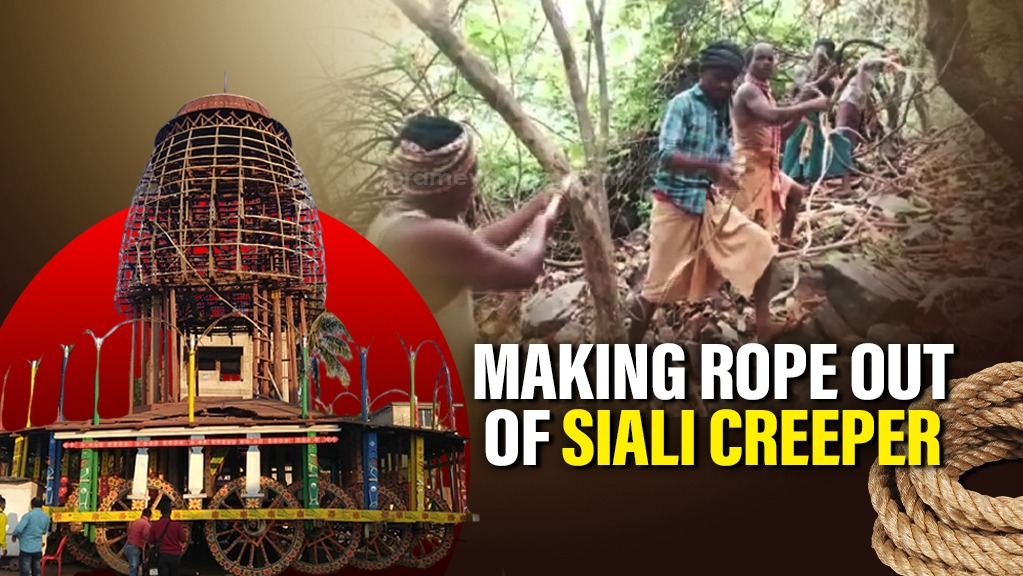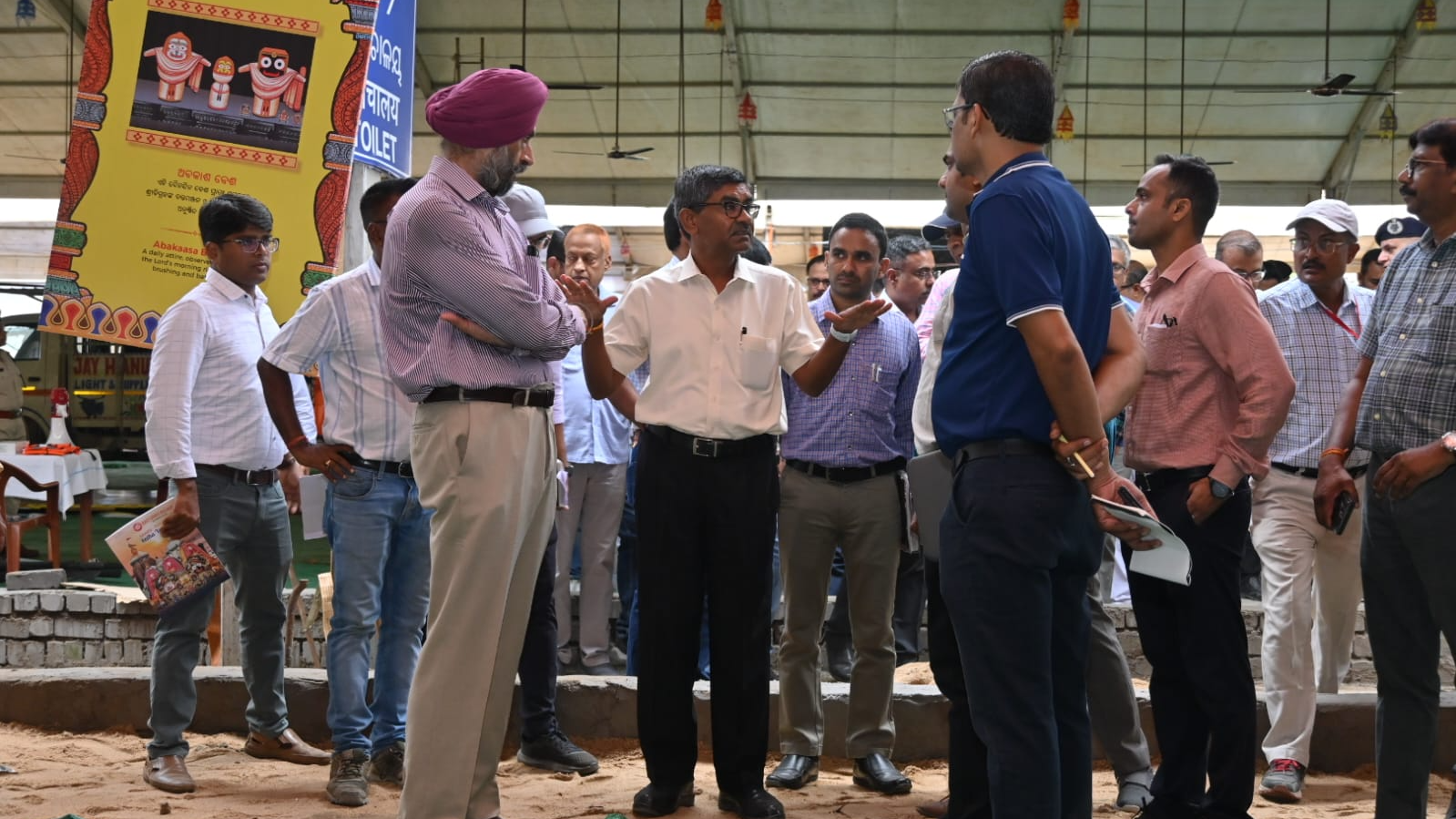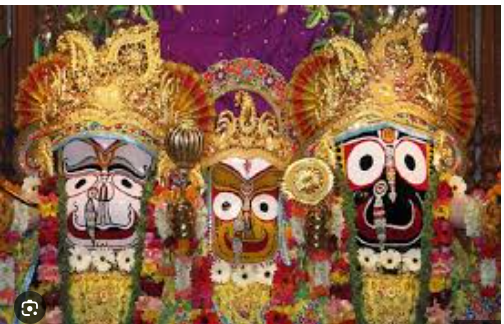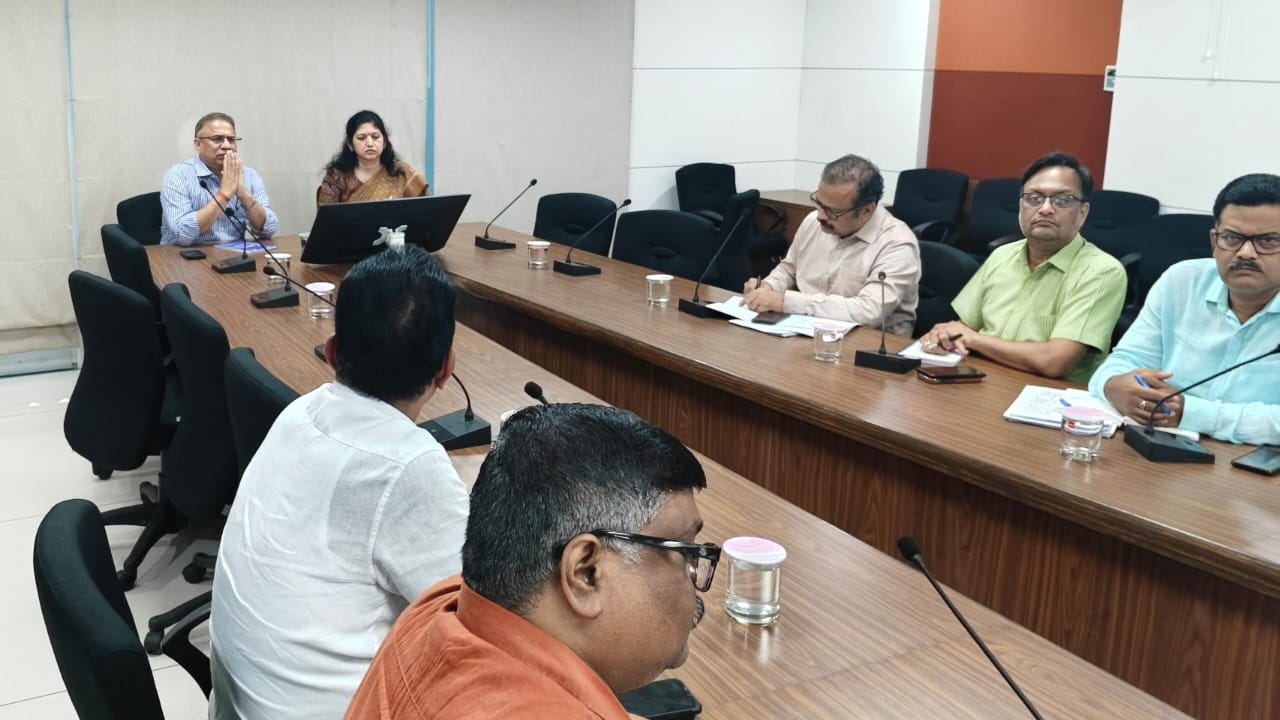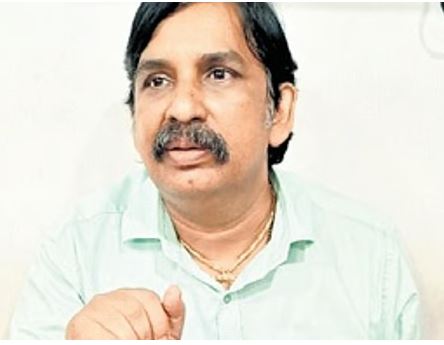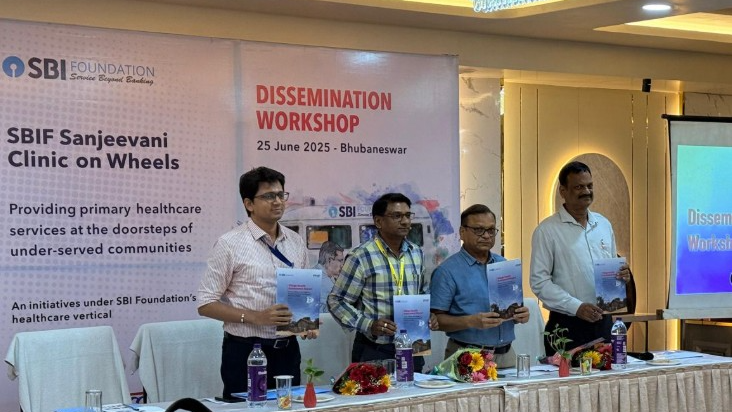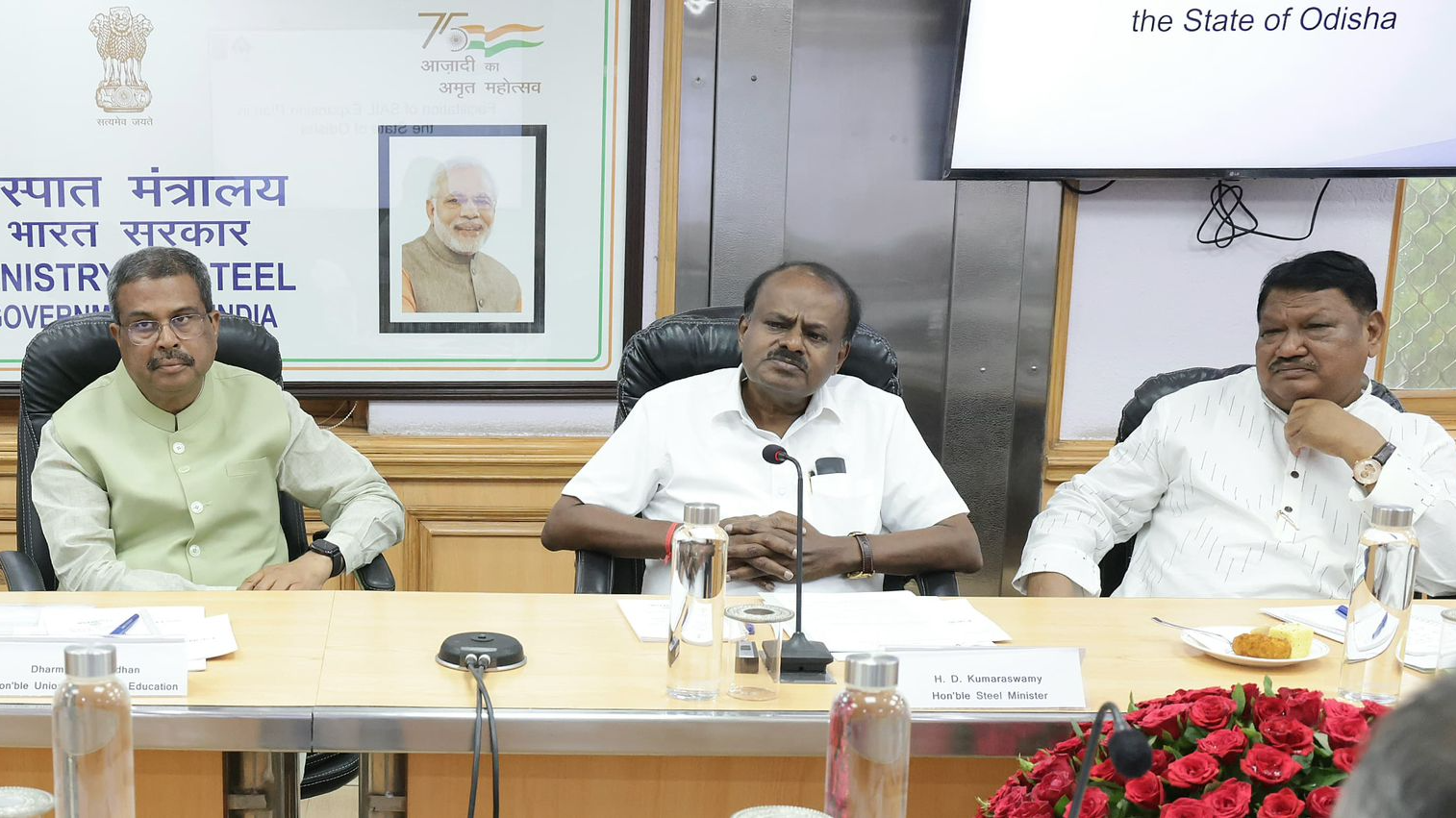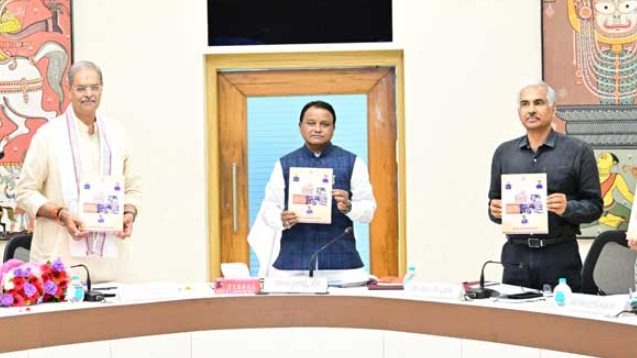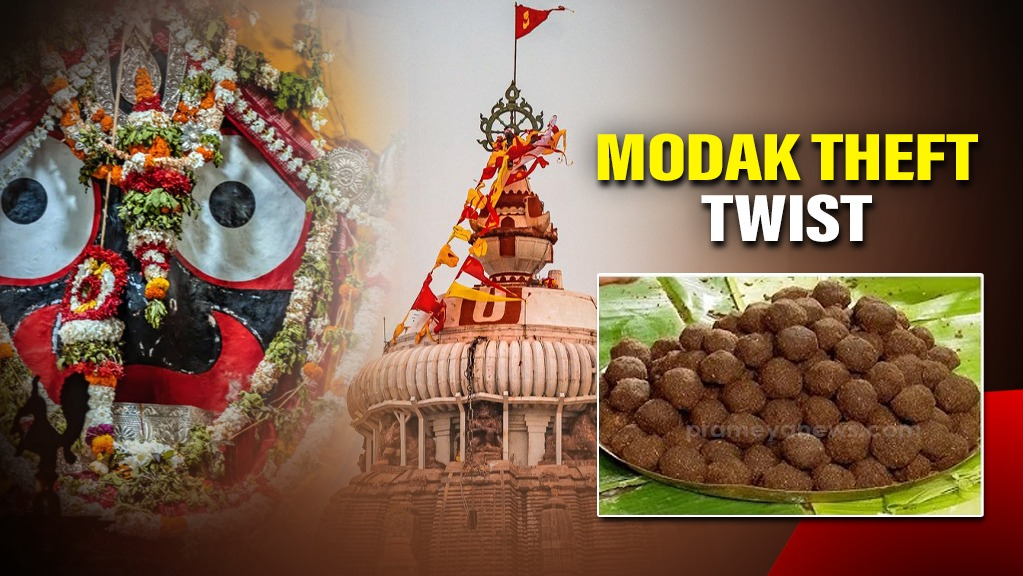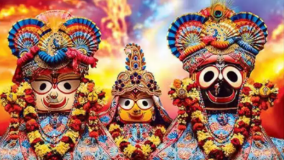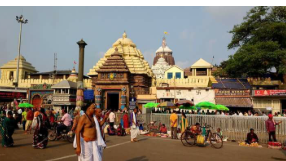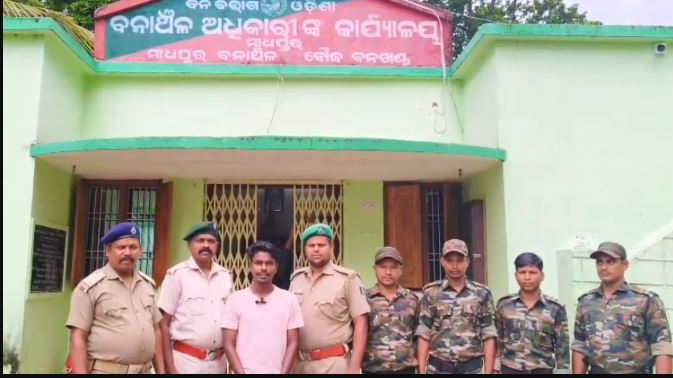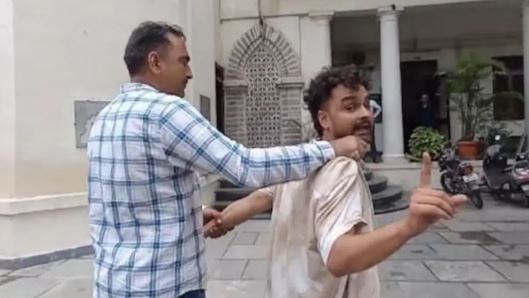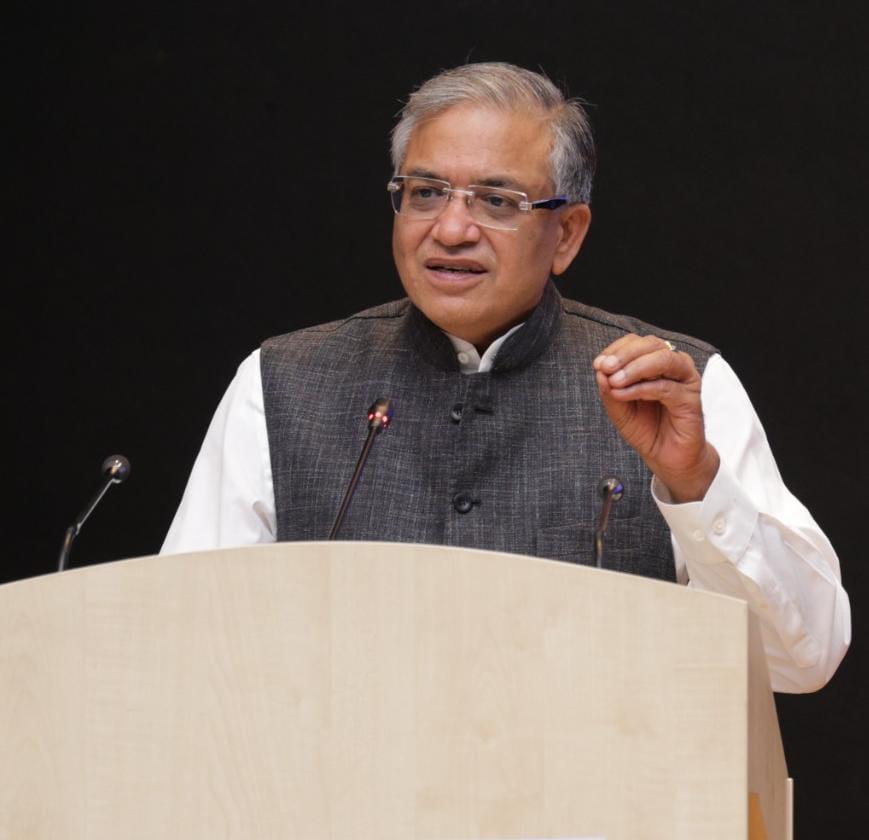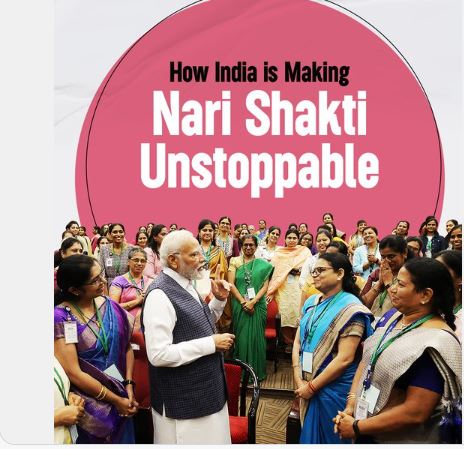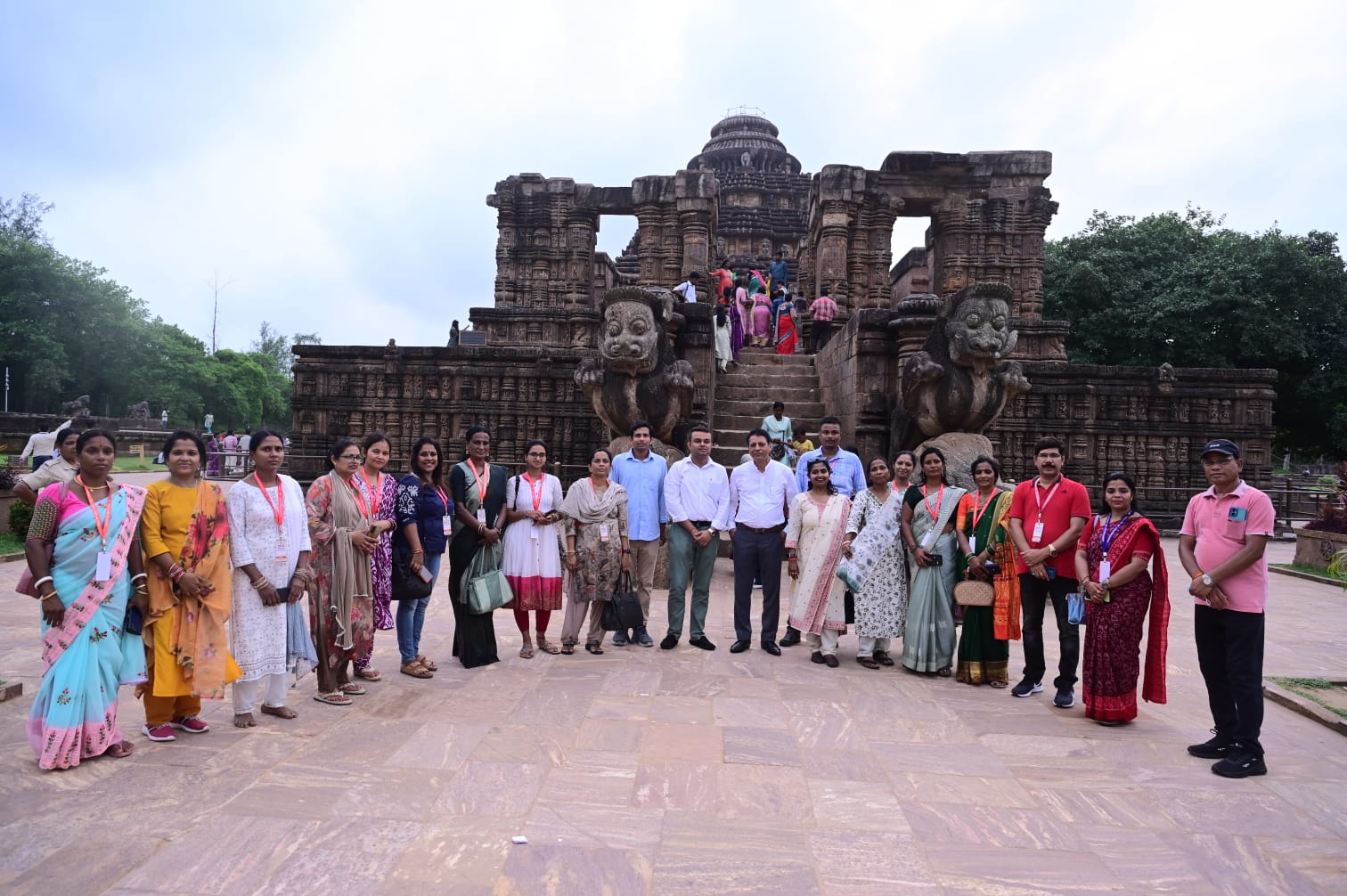Keonjhar, June 17: The world’s largest chariot, the Nandighosa Rath of Keonjhar, is not just known for its majestic scale but also for a rare and sacred ritual: the use of hand-crafted ropes made from the Siali creeper, prepared exclusively by the Bhuyan tribal community.
This unique practice takes center stage during the annual Rath Yatra, where the chariot of Lord Jagannath is pulled using these special ropes. These are not ordinary ropes, but ones steeped in spiritual meaning and tribal craftsmanship. What makes this ritual even more distinctive is that it is deeply rooted in the local traditions of the Bhuyan tribe from Dangala village, located in the Banspal block of Keonjhar district.
From forest to festival: The making of Siali Ropes
The process begins with collecting the Siali creeper bark from the sacred Gandhamardan forest. Only certain vines are chosen specifically, those that hang naturally from trees without contact with birds or animals, believed to be pure and divine. The villagers extract bark strips from these selected vines and begin the labor-intensive process of rope-making.
This ritual begins on Akshaya Tritiya, when forest collection starts, and intensifies after Debasnan Purnima, once Ajna Mala is granted by the temple. The entire village participates, from elders to children, crafting the 108-hand-long rope with six intertwined strands, which is eventually used to pull the chariot during Rath Yatra.
Carving faith into every strand
The Bhuyan community considers this task not just a cultural responsibility, but a sacred service to the deity. As Bhimasen Puhan, a rope-maker from the village, explains, "We make these ropes with deep devotion. Every twist and turn in the rope carries our prayer for a good harvest, peace, and prosperity."
According to legend and local belief, touching the Siali rope cleanses sins from many lifetimes. Many devotees keep small pieces of the rope in their homes, believing it brings blessings, protection, and good fortune.
Story behind the rope
There’s also a mythological tale associated with the Siali creeper. It’s believed that during the Dwapara Yuga, Lord Krishna was resting under a Siali vine when Jara, the hunter, mistook his foot for a deer and shot him with an arrow marking the moment of his divine departure from Earth. Since Lord Jagannath is considered an incarnation of Krishna, the use of Siali bark in the chariot rope is seen as both sacred and symbolic signifying a spiritual bridge between the earthly and the divine.
Cultural elder and Bhuyan leader Kuncha Dehuri shares, "Our forefathers were instructed by the then King of Keonjhar to provide the rope for the Lord’s chariot, and we have carried that responsibility with pride and faith for generations."
A tradition passed through generations
Today, this custom continues unbroken. While earlier both the Juang and Bhuyan tribes participated, over time the responsibility has rested solely with the Bhuyans. Their deep-rooted connection to the land, forests, and faith keeps this craft alive year after year.
People from across the district and indeed across Odisha gather during Rath Yatra not just to witness the majestic pulling of the chariot but to be part of a tradition that links tribal heritage with spiritual devotion in a powerful and tangible way.
Why this tradition matters
As the world modernizes, traditions like the Siali rope-making of Keonjhar serve as poignant reminders of how faith, environment, and indigenous culture can intertwine to create living heritage. More than just a rope, it is a symbol of resilience, reverence, and a community’s eternal bond with their deity.
This year too, as the Bhuyan villagers toil in the summer heat, gathering vines and preparing the sacred rope, they do so with a sense of honor, knowing that their humble creation will carry the Lord of the Universe on His grand annual journey. And as thousands gather to witness the chariot's roll, the spirit of devotion winds its way through every sacred strand of the Siali rope.









